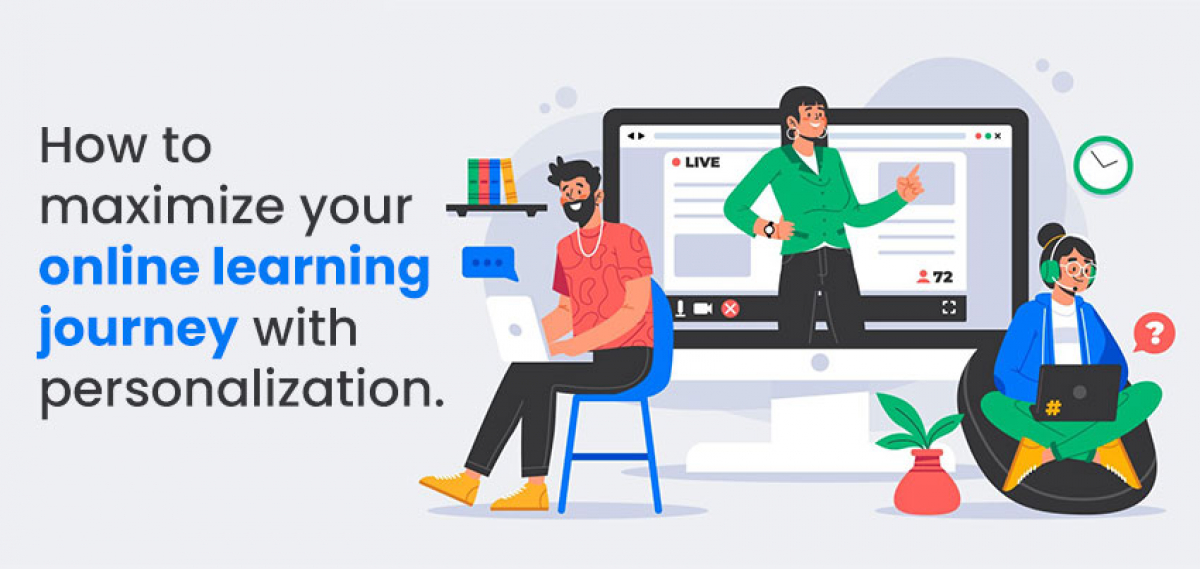Happy customers are the lifeblood of any business. To truly thrive, companies need to go beyond just selling. They need to empower their customers to succeed. This is where well-designed customer training and onboarding programs come in. By equipping them with the knowledge and skills to get the most out of your product or service, you're fostering a win-win situation. Customers become more satisfied, leading to increased loyalty and advocacy. But just like any investment, it's crucial to track the return.
Enter (ROI) Return on Investment. This metric helps us quantify the benefits of these programs compared to their cost. For every dollar we invest in training and onboarding, we see a significant increase in customer lifetime value. That's a clear sign of success!
So, how do we measure the impact of these programs? This article dives into key evaluation strategies. By employing methods like pre-and post-training assessments, customer satisfaction surveys, and analysing product usage data, we can gain valuable insights. This allows us to demonstrate the program's effectiveness and continuously optimize it for maximum customer benefit, ultimately leading to a thriving business.
Moving Beyond Completion Rates: Measuring What Matters
While completion rates might seem like a simple metric, they don't always tell the whole story. Here's what you should focus on:
- Knowledge Retention: Do customers retain the knowledge and skills learned during training? Assessments, quizzes, or surveys conducted after a training program can reveal knowledge gaps and the overall effectiveness of the content.
- Product Adoption and Usage: Are customers actively using the features and functionalities covered in the training? Monitor key usage metrics or conduct surveys to track product adoption rates and identify areas where further support might be needed.
- Customer Satisfaction and Net Promoter Score (NPS): Do customers feel confident and empowered after completing the training? Track customer satisfaction through surveys and monitor NPS to understand their perception of the training's value and its impact on their experience.
- Customer Success and Reduced Support Tickets: Does customer training translate to fewer support inquiries? Analyse the number of support tickets raised after implementing new training and onboarding programs. A decrease in tickets can indicate that customers are successfully navigating challenges on their own.
- Increased Customer Lifetime Value (CLTV): Are trained customers more valuable in the long run? Track metrics like repeat purchases, subscription renewals, or upsell conversions to see if training programs contribute to higher CLTV.
Effective Strategies for Data Collection and Analysis
Gathering the right data is vital for evaluating ROI. Here are some key strategies:
- Pre-Training and Post-Training Assessments: Before the training and onboarding, they gauge your learners' baseline understanding. This helps identify knowledge gaps and tailor the program accordingly. After the training and onboarding, assessments measure how much information was retained. Did their knowledge level increase? Are there areas where they still struggle? This feedback loop is fundamental. It assists in ensuring that future workshops are effective by highlighting areas for development and revealing the program's efficacy.
- Surveys and Feedback Forms: To learn about your customers' experiences, ask them for input. Your best tool is a regular questionnaire and survey. With the help of these tools, consumers may provide suggestions regarding the training material, method of delivery, and effect on their ability to utilize your product or service efficiently. By identifying areas for improvement and demonstrating the program's effectiveness, a feedback cycle ensures that subsequent training sessions are beneficial. You can make sure that training and onboarding programs are preparing your clients for success by paying attention to their feedback.
- Learning Management System (LMS) Data: Picture a treasure trove of training data! If you use a Learning Management System (LMS), unlock its reporting power. These platforms track program completion rates like how many customers finished the training and onboarding. But that's just the tip of the iceberg. LMS reports also dive into engagement metrics, like how long customers spent on each module and user activity data, revealing which sections they revisited or skimmed over. This rich data helps you understand how customers are interacting with the training and onboarding, pinpointing areas that grab their attention or need improvement. It's like having a window into their learning journey, allowing you to optimize the training experience for maximum impact.
- Customer Relationship Management (CRM) Data: Let's say you track training completion in your LMS and customer behaviour in your CRM (Customer Relationship Management) system. Imagine merging this data. By looking for correlations, you can see if customers who finish the training go on to use your product more (based on usage data) or need less help (based on support tickets). These connections are golden! They reveal if training truly translates to better customer behaviour, like increased engagement or self-sufficiency. This data-driven approach helps you measure the real-world impact of your training programs and justify their value to your business.
Optimizing Training for Maximum Value
By analysing your data, you can identify areas for improvement and optimize your training programs. Here are some steps to consider:
- Personalize the Training Experience: Develop training and onboarding modules that cater to different learning styles and customer needs.
- Focus on Practical Application: Ensure training and onboarding programs go beyond theory and equip customers with the skills to apply their knowledge in real-world scenarios.
- Offer Ongoing Support and Resources: Provide ongoing support through knowledge bases, FAQs, or readily available customer service to empower customers after completing the training.
- Regularly Update Content: Keep training content current with product updates and industry trends to ensure its ongoing relevance.
Conclusion
By implementing these strategies, you can move beyond simply measuring completion rates and gain valuable insights into the true impact of your customer training and onboarding initiatives. This data can be used to demonstrate the ROI of these programs to stakeholders, justify further investment, and continuously improve the customer experience, leading to a win-win situation for both your business and your customers. Remember, investing in customer education is an investment in building long-term relationships and driving sustainable growth.




